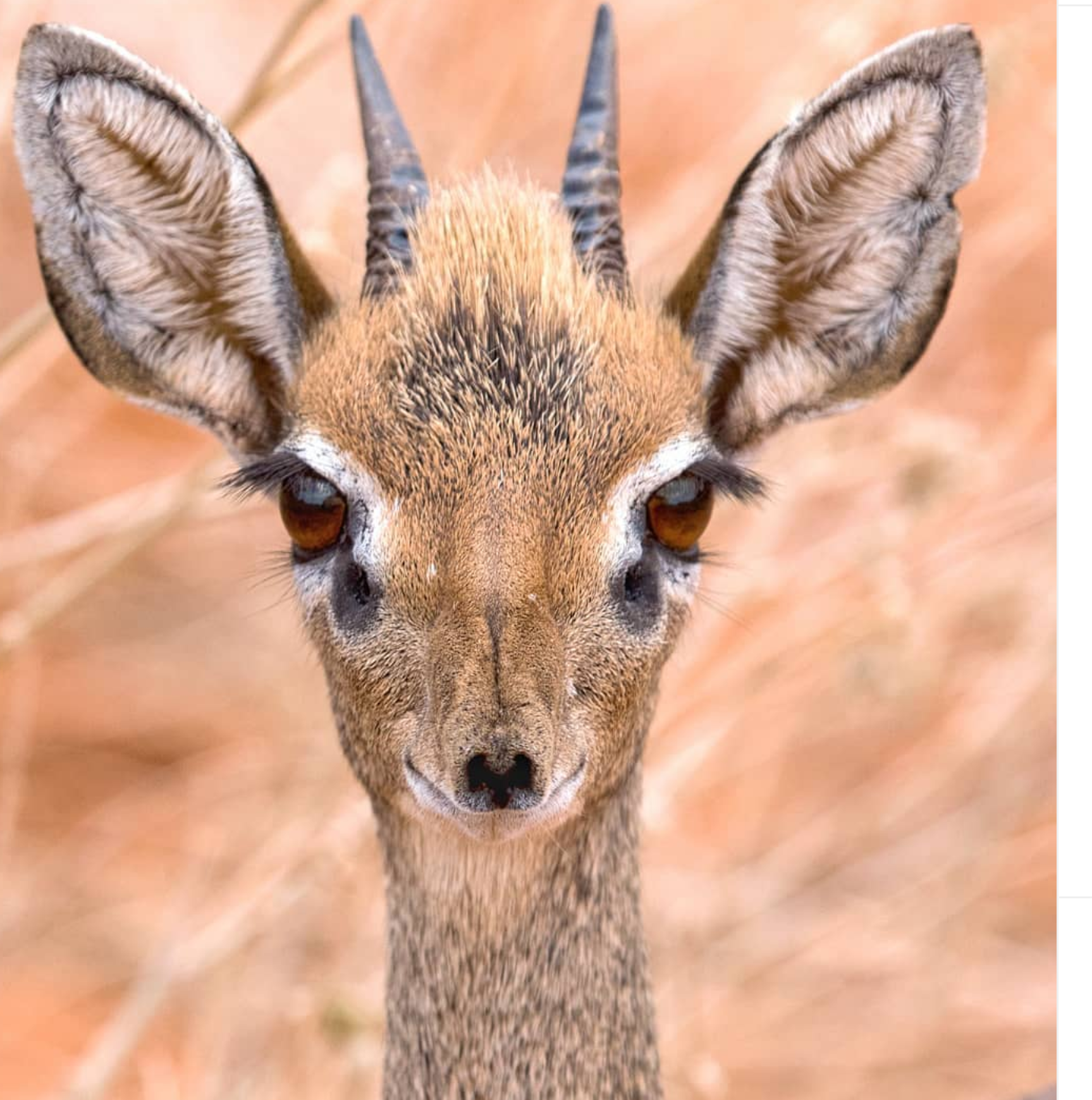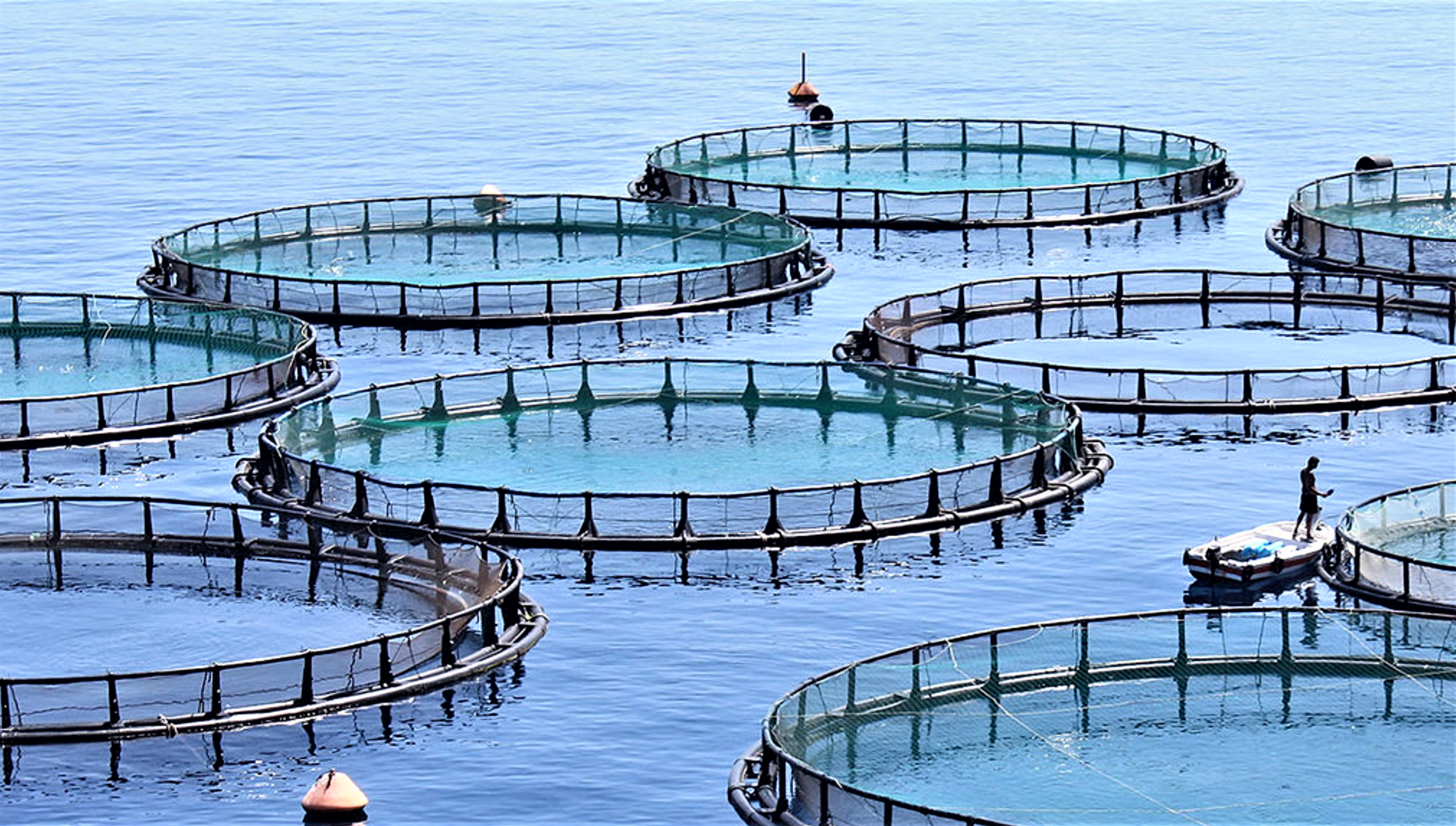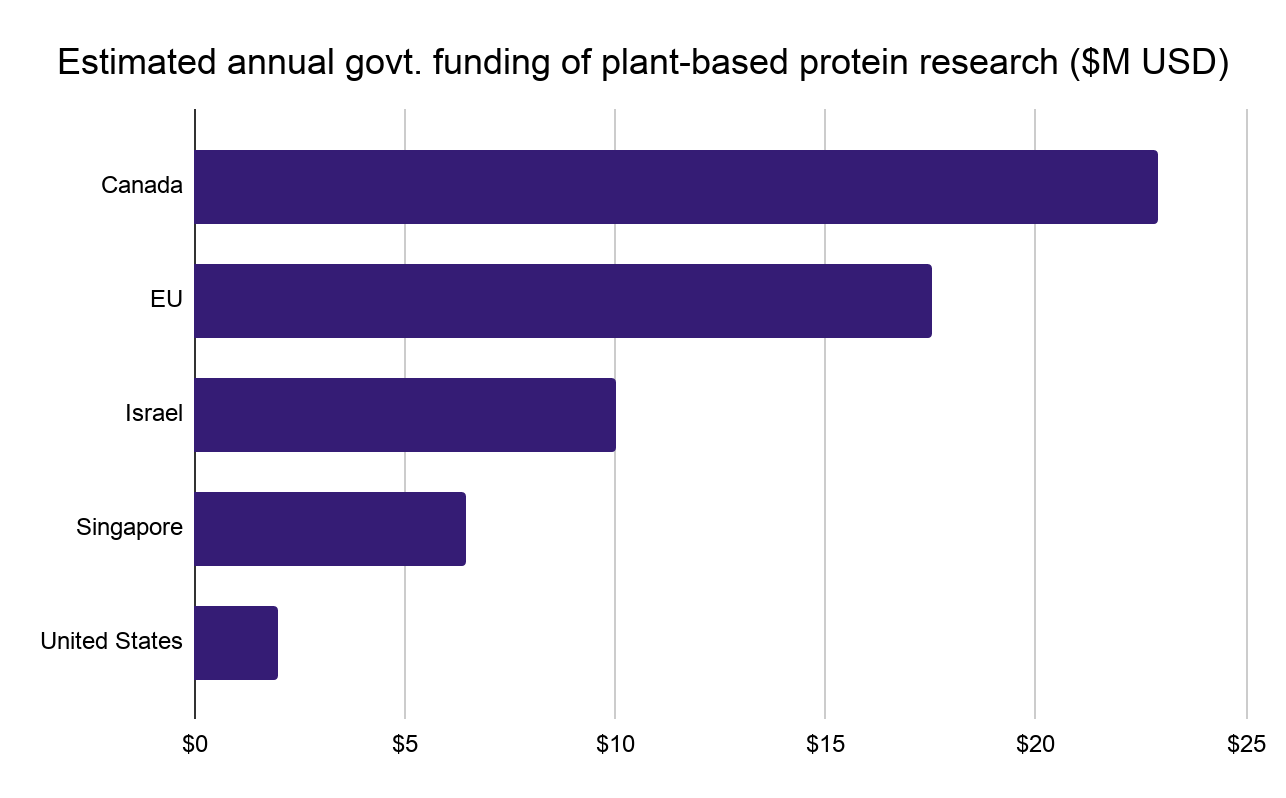Animals
Salute a Two-Time Winner!
The world’s heaviest, longest-lived parrot (lifespan up to 60 years) — whose main defense against predators is to pretend to be a shrub — just won New Zealand’s Bird of the Year for an unprecedented second time (it also won in 2008). And that’s not the only come-back for the flightless, critically-endangered Kākāpō whose numbers have risen from 50 in the 1990s to 213 today. The slow-moving, green and fawn-coloured bird, aka the “mighty moss chicken”, nests on the ground, and as they are targets for predators such as cats and rats, can only survive on predator-free islands. The competition began 15 years ago and has boosted awareness of New Zealand’s unique environment and native species.
Food
10 Tips For Eating Sustainably
“The planet is in peril, and it’s clear that we cannot restore it without transforming our food system,” says the World Wildlife Fund in an introduction to its 10 tips for eating sustainably. “What we eat has changed the planet. Across the globe forests have been devastated to make space to rear cattle and to grow crops to feed livestock, while our oceans become barren as they are trawled and overfished.” The tips include: eating plants, eating a greater variety of plants, and eating foods that are in season; growing our own food; cutting food waste; avoiding plastic; and getting Giki, a new app that provides ethical and sustainability information on more than 250,000 products in UK supermarkets.
the Climate Crisis
A Green Tipping Point?
While the World Meteorological Organization says global GHG emissions reached record levels in 2020 (despite pandemic lockdowns), some climate experts are optimistic that Biden’s plan to take the US to net-zero by 2050 could make the Paris climate goals attainable. Climate Action Tracker estimates that the plan could shave 0.1C off global warming by 2100. When combined with China’s goal of net-zero emissions before 2060 and the EU, Japan and South Korea’s commitments to reach net-zero by 2050, meeting all of these targets could create the tipping point needed to keep the Paris Agreement’s 1.5C limit within reach.
words of wisdom
“I’ve been working since the 1960s for people to understand the true nature of animals, that they have beings and that they’re not here for us to use and abuse. Now that we know so much more, gradually things are changing, but we’re still disrespecting animals.”
— Dr. Jane Goodall, legendary ethologist and environmentalist.
Photo: A small African antelope known as a Dik-dik. Ossi Saarinen www.instagram.com/soosseli.
perspective
Photo: Mink factory farm, Jo-Anne McArthur / #MakeFurHistory.
Covid-19: A Wake-Up Call On Fur Farming
People around the world have been confronted with images of the 17 million mink being destroyed in Denmark because some of their farmed mink and mink farm workers have contracted Covid-19. The combination of the pandemic and large scale fur farming has caused an international health scare and an economic and political crisis in Denmark, one of the top three mink fur producers globally.
Global health experts are concerned about virus mutations passing from factory-farmed mink back to farm workers. While the “Cluster 5” virus variant is thought to have died out, the exact impact of the mutation is not yet known and there have been concerns that it might threaten the effectiveness of the new vaccines promising to rescue us from the pandemic. And, it is not just a problem in Denmark. Covid-19 has also invaded mink farms in The Netherlands, Sweden, the US, Spain and Italy according to the WHO and there are now mink-related Covid-19 mutations in humans in seven countries.
Why, especially now, is fur farming being allowed to continue? To support a fashion industry selling fur coats and fur trim for jackets and hoods, pom poms for hats, gloves and shoes and mink eyelash extensions? For the sake of fashion, we risk further spreading disease amidst a global pandemic that has killed millions, cost trillions, all the while using scarce government funds to prop up a declining industry. Not to mention the hidden suffering of more than 100 million animals that are bred and killed on fur factory farms globally.
Fur factory farms house thousands of animals in unhygienic, extremely cruel conditions, and negatively impact the environment with manure, waste, and the chemicals used in their operations. Fur farming has been banned in 12 European countries but is still big business in the US and Canada with over three million and 1.8 million animals on fur factory farms respectively.
The virus mutation threat inherent in any factory farm has been predicted by scientists for years – and largely ignored. Closely confined, stressed animals with weakened immune systems in unhygienic conditions are the perfect “mixing vessels” for viruses to combine and mutate and increase the risk of zoonotic diseases.
It has taken a global pandemic for more people to question the necessity of factory farms — whether for fur or for food — given their climate impact, environmental footprint, disease risk and animal welfare issues.
One of the big lessons of the pandemic is that we can’t afford to revert to the choices that got us here. And we can only hope that the spectacle of millions of doomed animals farmed for their fur is an inflection point that will accelerate the change to a safer, healthier and more humane planet for people and animals.
on The horizon
Photo: Cultivated beef burger, Mosa Meats.
Will You Try Cultivated Meat?
The high efficacy of the Covid-19 vaccines is some rare good news in 2020, but the real impact will depend on public acceptance. Similarly, cultivated meat could be a game changer for reducing the significant contribution of industrialized animal agriculture to the climate crisis. When it becomes available, success will depend on public acceptance.
Two recent studies of consumer attitudes to cultivated meat — aka cell-based, cultured or “no-kill, lab-grown” meat — show that acceptance depends on context, culture and information. Cultivated meat is not plant-based, it’s grown directly from animal cells in a bioreactor and has significant environmental, food safety and climate impact advantages over the current animal agriculture/slaughterhouse system.
It has the potential to be a big player in the future of food — a revolution that is now underway. Last week, US company Eat Just won regulatory approval to begin selling cultivated chicken in Singapore. It’s the first regulatory green light for this new food category. A 2019 study by A.T. Kearney showed that following the current success of plant-based protein, cultured proteins for meat are expected to eclipse plant-based options to reach 35% of the global meat market by 2040.
A study published in the journal PLOS ONE exploring consumer attitudes in The Netherlands found that, not surprisingly, prior knowledge and positive framing (citing the environmental, climate and food safety advantages) of cultivated meat increased willingness to try it. And, based on a hierarchy of needs, personal benefits such as food safety were a stronger motivator than taste or broader societal benefits such as reduced environmental impact.
Dutch participants were given burgers labeled as either “conventional” or “cultured” meat, and most preferred the taste of the cultured burger even though the food products were the same. Also, 58% were willing to pay an average of 37% more for cultured meat, compared with traditional meat.
A second study, published in the journal Foods, found substantial shifts in consumer attitudes to cultivated meat in Germany and France, with German consumers significantly more open to the concept.
Changing consumer tastes in a country traditionally known for bratwurst and schnitzel have led to high adoption rates of plant-based foods. Only 45% of consumers identified as meat-eaters, and 58% were open to trying cultivated meat. By contrast, in the more traditional culture of France, 69% of consumers said they were meat eaters and 44% were willing to try cultivated meat.
Similar to the first study, researchers found “some evidence that pro-cultured meat messages, which focus on antibiotic resistance and food safety, are significantly more persuasive than those that focus on animals or the environment.”
Various research studies have explored the emotional response of those resisting cultivated meat, referred to as the “yuck” factor, usually from those unfamiliar with conventional meat production methods. This is totally consistent with the finding that, “cultured meat acceptance is significantly higher amongst agricultural and meat workers, indicating that those who are closest to existing meat production methods are most likely to prefer alternatives.”
Photo: Cultivated seafood, BlueNalu.
Similar studies in the US, Asia and Europe have found varied but substantial consumer willingness to try cultivated meat — including seafood — with some showing concern for the environment and animal welfare as motivators.
“Let's give people everything that they like about meat, but let's make it from plants and grow it directly from cells. And we'll have a fraction of the negative environmental consequences, including a fraction of the impact on the climate. It will free up vast quantities of land for carbon sequestration. It won't require any antibiotics. We should be able to get to a place where it tastes exactly the same and gives people everything that they like about meat, but at a lower cost because of the efficiency gains,” Bruce Friedrich, Executive Director of The Good Food Institute, told DW Media.
Cultivated meat including seafood may be on supermarket shelves in the next 1-3 years. There are more than 40 companies producing these food products but time-to-market depends on regulatory approvals and scaling up production to drive lower prices per unit. Dutch company Mosa Meats, Memphis Meats, BlueNalu and Eat Just in the US, Aleph Farms in Israel and Shiok Meats in Singapore are among those thought to be closest to commercial launch.
“A new space race for the future of food is underway,” Friedrich said of Singapore’s regulatory approval of Eat Just’s chicken. “Cultivated meat will mark an enormous advance in our efforts to create a food supply that is safe, secure, and sustainable.”
unlock the cages
New legislation known as The Jane Goodall Act, was recently introduced in the Canadian Senate to effectively ban ape and elephant captivity and their use as entertainment in Canada. “As humans around the world accept that animals are sentient beings, there is a growing call for improved living conditions and treatment of captive animals. I would say that 20 years ago, they wouldn’t have had a hope in hell of passing this bill,” Dr. Goodall told CBC News. There are about 33 apes and more than 20 elephants living in captivity in Canada currently. If you’d like to support the bill, click here.
Photo: David Clode on Unsplash.
Good news
Photo: Fish farms — sometimes called factory farms for fish — present all kinds of welfare issues. Wikimedia Commons.
Numerous scientific studies have shown that fish are intelligent, sentient beings capable of suffering. This has led to increased public concern regarding their welfare — especially on fish farms where stocking densities, handling, and inhumane slaughter practices are just a few of the concerns. The development of Canada’s first ever Code of Practice for Farmed Salmonids (salmon, trout and charr), being undertaken by the National Farm Animal Care Council (NFACC), promises at least some level of protection. As a member of NFACC, World Animal Protection represented the animal welfare perspective for the Code which is open for comment until Jan 7.
Brazil is the second largest consumer of meat after the US but attitudes are changing there too as people become increasingly concerned about their health and eating sustainably – especially given the widespread deforestation in the Amazon mainly due to cattle ranching.
As reported by Fast Company, Brazilian company Fazenda Futuro, is meeting the demand with plant-based burgers, meatballs and sausages. It also operates in Mexico, Uruguay and Columbia, and has global ambitions as it moves into Europe and plans to enter the US by year-end. Fazenda believes its competitive advantage lies in its cheaper price point compared with Beyond Meat and Impossible Foods and the ongoing evolution of its products to become even more tastier and healthier.
Ninety-two percent of US first time buyers of plant-based foods during the pandemic said they would buy them again, according to research from food giant ADM. Also, more than 80% of consumers in Germany, the UK and The Netherlands plan to keep buying plant-based foods following the pandemic. Green Queen Media.
data points
Photo: Wikimedia Commons.
There are very few efficiencies remaining to be squeezed out of the industrialized meat industry and yet it is still highly inefficient. Chickens are the most efficient animal at converting calories from crops but even they need nine calories from crops to produce one calorie of meat. That amounts to 800% food waste.
Twenty-one health organizations in the UK, representing thousands of doctors and nurses, 10 Royal Colleges of medicine and the British Medical Association are calling on the British government to introduce policies to support healthier eating and reduce the climate impact of food. Recommendations from the UK Health Alliance on Climate Change include labels that show the environmental impact of food products and a food carbon tax (e.g. meat, soft drinks) on all food producers if voluntary action to address the climate impact of food products is not taken by the industry by 2025.
A World Animal Protection survey tracking awareness of the superbug threat from factory farming found that 88% of people in 15 countries are now “deeply concerned” that the next pandemic will arise from farmed animals.
charting our path
Chart: Planetary Health Diet, eatforum.org
Government Spending On Plant-Based Protein
With hopes running high that a Biden presidency will mean more support for plant-based protein initiatives to help slow down the climate crisis, advocates can point to Canada, the EU, and Israel as countries where spending is already more than $10M/year on plant-based protein research, according to expert Lewis Bollard of Open Philanthropy.









